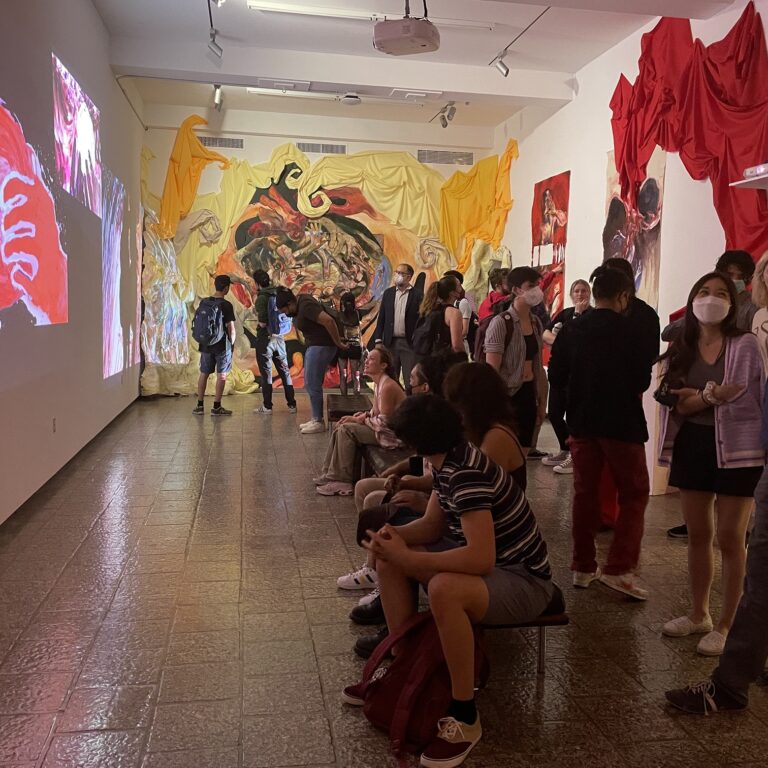3D Areas of Study
Ceramics
You can follow a traditional approach to clay and/or pursue experimentation with the medium as you advance through ceramic sequences. Through lectures and hands-on lab exercises, you’ll experiment with ceramic materials and glaze technology to gain an understanding of raw materials, discovering how to develop and use clay bodies and various surfaces to suit specific needs. You’ll learn the basics of clay formulation along with triaxial and line blends, batch and recipe glaze calculation.
Your courses will include wheel throwing, hand building, clay and glazes, and a digitally based 3D modeling course.
Sculpture
In your beginning courses, you’ll explore form, mass, gravity, surface, structure and associative recognition in three-dimensional art. Primary materials and techniques you’ll become familiar with include clay, paper, plaster, cardboard, found objects and material, and wood. This course’s technical goals are basic material acquisition and manipulation, along with a complete introduction to the wood shop.
Mold-making covers basic mold, casting and model-making techniques, used in both Fine Art and Special FX studios. Through tutorials, you will make your own alginate, plaster, latex and silicone molds, make casts with ceramic slip, and cover other possibilities such as wax, clay and epoxy.
Art & Technology shares assignments with the Viterbi School of Engineering course Embedded Systems Design Lab and the Marshall School of Business course New Product Development & Branding. You’ll join a team connecting the three schools, each made up of artists, engineers and marketers. The focus of the course: to design a product and fabricate and prototype its external housing, as well as its packaging and display design. You’ll have the opportunity to work with Maya and/or Rhino, a zCorp 310 rapid prototyper, along with Adobe Illustrator, InDesign and Photoshop.
Advanced sculpture will guide you to further integrate concepts of three-dimensional art: the interrelation of material and image at the public, human and intimate scale. Your progressive development of ideas through the use of variations sketched in Photoshop, Maya or Final Cut Pro, as well as in lectures and gallery and museum visits, will supplement your studio work.
Installation
In courses on installation art, you will investigate large-scale, mixed-media constructions, which may be site-specific or designed for a temporary period of time.
